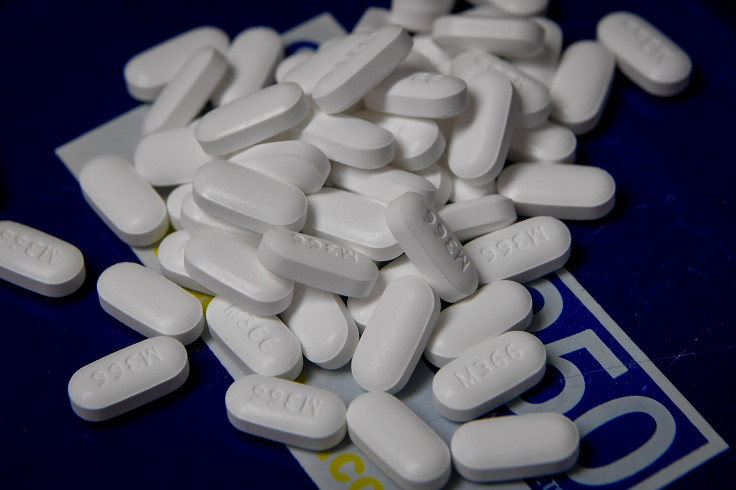Most Prescription Pills Go To The Mentally Ill Amid Opioid Epidemic

This article originally appeared on Kaiser Health News.
Adults with a mental illness receive more than 50 percent of the 115 million opioid prescriptions in the United States annually, according to a study released Monday. The results prompted researchers to suggest that improving pain management for people with mental health problems “is critical to reduce national dependency on opioids.”
People with mental health disorders represent 16 percent of the U.S. population.
The findings are worrisome, the researchers reported. They had expected that physicians were more conservative in prescribing these painkillers to people with mental illness.
“We are prescribing way too much opioids,” said Dr. Brian Sites, an anesthesiologist at Dartmouth-Hitchcock Medical Center in New Hampshire and one of the study’s researchers. “And that prescription behavior is resulting in significant morbidity in the country.”
“Because patients with mental health disorders are a vulnerable population, [they’re] probably more likely to develop addiction and abuse,” he added. Sites suggested that physicians consider using different criteria when prescribing opioids for people with mental illness.
“The opioids are prescribed primarily for pain,” but patients with mental illness find that the drugs alleviate their mental issues too, said Dr. Edwin Salsitz, an attending physician in the Division of Chemical Dependency of Mount Sinai Beth Israel Medical Center in New York who was not involved in the study. And this, he said, is what can lead to long-term use.
The study, published in the Journal of the American Board of Family Medicine, found that nearly 19 percent of Americans with a mental health illness use prescription opioids, while the same is true for only 5 percent of those without a mental health condition.
According to the federal Centers for Disease Control and Prevention, the number of opioid sales in the U.S. quadrupled from 1999 to 2015, yet the amount of pain adults experience remained the same. In addition to that, more than 183,000 people died from overdoses related to prescription opioid use during this time.
With no objective scale for measuring pain, doctors are hampered in treating patients with chronic discomfort.
“Since [pain is] a subjective phenomenon, it’s very difficult to measure those things and to treat because some patients [report] 10-out-of-10 pain forever,” Sites said.
Dr. Andrew Saxon, director of the Addiction Psychiatry Residency Program at the University of Washington, said that “most people with chronic pain who end up on opioids do have a co-occurring psychiatric disorder.” Yet too often the drugs don’t provide lasting relief, he said.
“We have found that opioids for most of these people in the long term improve their subjective sense of pain for a little bit, but they don’t usually improve people’s level of function,” said Saxon, who was not involved in this study.
Many opioid patients, and especially those with mental health issues, should be offered an alternative treatment, Saxon said.
“It actually turns out … that the best treatment for chronic pain is going to be behavioral interventions, not medications,” he explained. That involves teaching people to understand the underlying cause of their pain and skills to better cope with it, the psychiatrist said.
Sites said alternatives to opioids could include cognitive behavioral therapy, acupuncture, meditation techniques and physical therapy.
“The idea is that we want to improve the health and well-being of the patient. And if that’s not occurring, we need alternatives to opioids,” Sites said.
Kaiser Health News, a nonprofit health newsroom whose stories appear in news outlets nationwide, is an editorially independent part of the Kaiser Family Foundation.





















